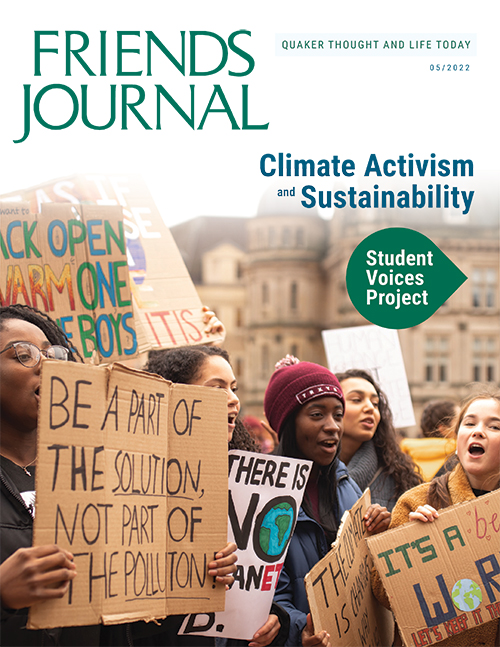Young—William Robert Young, 95, on December 22, 2021, peacefully with friends beside him, in Lewiston, Idaho. Bill was born on March 12, 1926, to Wilmer and Mildred Binns Young. The family lived the first ten years of Bill’s life at Westtown School in West Chester, Pa. That was an idyllic time full of friends and adventures.
In 1936, the family moved to the Mississippi Delta to help American Friends Service Committee (AFSC) found the Delta Cooperative Farm, a biracial community. In 1940, the Youngs moved to Little River Farm, an AFSC project near Abbeville, S.C. The project helped tenant farmers take control of their lives and the land they worked.
Bill attended high school at Westtown School, graduating in 1944 during the height of World War II. Once Bill’s conscientious objector status was approved, he served at several Civilian Public Service (CPS) camps. When the war ended in 1945, Bill was working at a CPS camp in the Sierra Nevada mountains. Conscientious objectors went on strike when they were not released from service following the war. Bill drove strike leaders to Washington, D.C., in his Model A panel truck to plead their case before the U.S. Justice Department.
Back in civilian life, Bill enrolled at Swarthmore College in Swarthmore, Pa. He was drafted once again and chose not to register. Bill spent the next seven months in a federal penitentiary. He was drafted yet again in the early 1950s. By this time, Bill was married to Elizabeth Riker and had two small children, so he was assigned to alternative service. When asked in later years what he was most proud of, Bill said it was his conscientious objection and civil disobedience.
In 1957, Bill graduated from Swarthmore with a degree in electrical engineering and began a 29-year career in hydro and wind power with the United States Bureau of Reclamation (USBR) in Wyoming. After Liz died in 1964, Bill raised their three children on his own.
When Bill retired from the USBR, he became a wind power pioneer. He bought the world’s largest wind generator for $20,000 and eventually became president and half owner of Wyoming Wind Power.
Bill was an important part of the social and environmental conscience of Wyoming, co-founding a chapter of the National Association for the Advancement of Colored People and a Community Action program in Casper. He attended the annual Scattered Friends Meeting at the Jensen Ranch near Chugwater and, later, Wyoming Meeting.
Beginning in 1970, the “Place” on the west end of Casper Mountain became Bill’s long-term project. He lived there when he wasn’t in Medicine Bow working on his wind project. Bill developed a water system, raised a garden and a few cattle. He never failed to enjoy the view across Red Butte and the Platte River, the stars and planets at night, the eagles circling home.
As Bill entered his 80s, he moved to Moscow, Idaho, so that his daughter Karen could care for him. Bill was a beloved attender of Pullman-Moscow Meeting. Even while bed-bound during his final year, Bill was always ready to spend time in silence with Friends.
Bill was a Renaissance man, with interests in science, art, music, theater, philosophy, and photography. He nurtured his deep sense of beauty by collecting art prints. Tinkering was another of his lifelong interests. Music was always important, and he read widely. Bill had a copy of the Hampton genealogy that traced his Quaker family back to the 1660s in England.
Bill was predeceased by his wife, Elizabeth Riker. He is survived by three children, Karen Ashton Young, Jeremy Laurence Young (Brandwina L.), and Julie Russell (George); five grandchildren; six great-grandchildren; and numerous nieces and nephews.



Comments on Friendsjournal.org may be used in the Forum of the print magazine and may be edited for length and clarity.